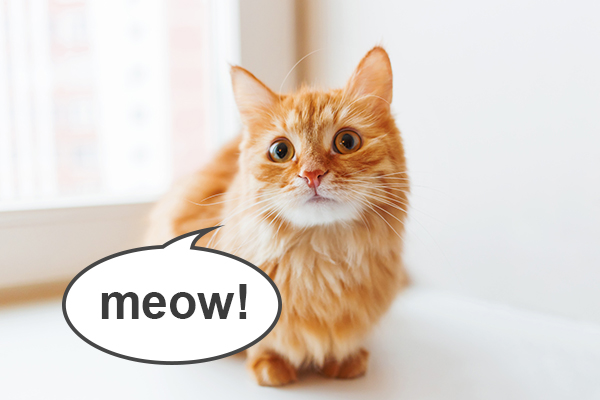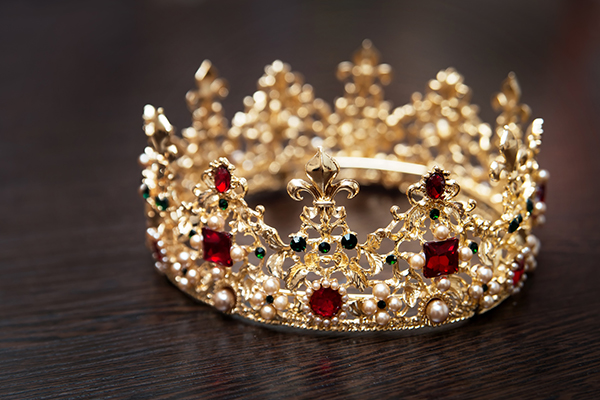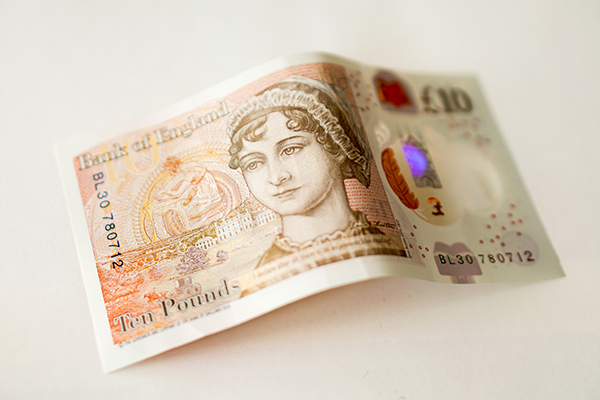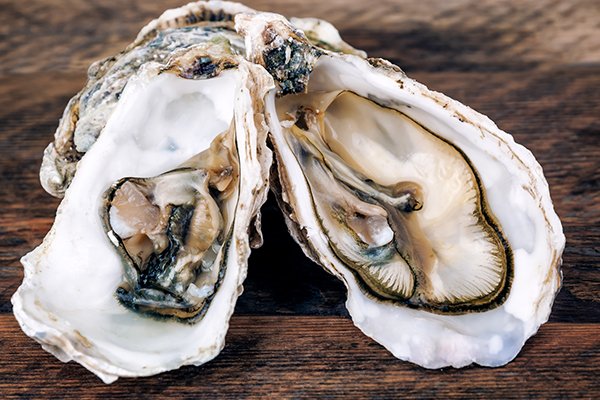
GOAL
I can make the O-W sound and the O-I sound.
O-Wの音とO-Iの音を発音できるようになる。

TRY IT!
Troy found some old round coins.

SOUNDS
Sound Profile
 Voicing音の有無
Voicing音の有無yes有声音
 Mouthくち
Mouthくちopen ➡ slightly open開ける➡やや開ける
 Lips唇
Lips唇wide apart ➡ rounded + pushed forward大きく開く➡丸くすぼめる+前に突き出す
 Teeth 歯
Teeth 歯 Tongue舌
Tongue舌the middle of the tongue low ➡ the middle of the tongue close to but not touching the roof of the mouth舌の中央を平坦にする➡舌の先端を下の前歯の後ろに触れない程度に近づける
 Jaw顎
Jaw顎down ➡ neutral引く➡元の位置
Steps
Open your mouth with your lips wide apart.唇を大きく離してくちを開けましょう。
Drop your jaw down. Keep the middle of your tongue low.顎を下げましょう。舌の中央を平坦にしましょう。
Make a voiced sound.音を出しましょう。
Round your lips and push them forward. At the same time, raise your jaw up to neutral.唇を丸くすぼめて前に突き出しましょう。同時に顎を元の位置に戻しましょう。
Raise the middle of your tongue close to but not touching the roof of your mouth.舌の中央を上あごに当たらない程度に持ち上げましょう。
Make a voiced sound.音を出しましょう。

Katakana Otoshiana
Because there is no perfect match for the O-W sound in Japanese, many English words with that sound are written with au (アウ) in katakana.
brown ➡ buraun (ブラウン)
now ➡ nau (ナウ)
proud ➡ puraudo (プラウド)
Be careful to make them the O-W sound in English!
日本語にはO-Wの音がありません。そのためO-Wの音が含まれる英単語はよくカタカナの「アウ」で表記されます。
brown ➡ buraun (ブラウン)
now ➡ nau (ナウ)
proud ➡ puraudo (プラウド)
英語で発音する時はO-Wの音で発音するように気を付けましょう!
 Voicing音の有無
Voicing音の有無yes有声音
 Mouthくち
Mouthくちslightly openやや開ける
 Lips唇
Lips唇slightly rounded + pushed forward ➡ stretched horizontallyやや丸くすぼめる+前に突き出す➡横に開く
 Teeth歯
Teeth歯 Tongue舌
Tongue舌the middle of the tongue low ➡ the middle of the tongue close to but not touching behind the top front teeth + the sides of the tongue touching the top side teeth舌の中央を平坦にする➡舌の中央を前歯の後ろに触れない程度に近づける+舌の両側を上の歯の内側に当てる
 Jaw顎
Jaw顎Steps
Open your mouth slightlyくちをやや開けましょう。
Slightly round your lips and push them forward. Keep the middle of your tongue low.唇をやや丸くすぼめて前に突き出しましょう。舌の中央を平坦にしましょう。
Make a voiced sound.音を出しましょう。
Stretch your lips horizontally.唇を横に開きましょう。
Raise the middle of your tongue close to but not touching behind the top front teeth.舌の前方を前歯の後ろに触れない程度に近づけましょう。
Make a voiced sound.音を出しましょう。
You should feel the apples of your cheeks rise slightly during Step 3.ステップ3で頬が少し上がるのを確認しましょう。

Katakana Otoshiana
Many English words with the O-I sound are written with oi (オイ) in katakana. The way you form both the English and Japanese sounds is the same, but the katakana words can sometimes sound choppier.
noise ➡ no-i-zu (ノイズ)
join ➡ jo-in (ジョイン)
point ➡ po-in-to (ポイント)
Be careful to have a smooth transition in English!
O-Iの音が含まれる英単語はよくカタカナの「オイ」で表記されています。O-Iの音と「オイ」の発音は似ていますが、カタカナで発音する場合は音がとぎれとぎれになってしまうことがあります。
noise ➡ no-i-zu (ノイズ)
join ➡ jo-in (ジョイン)
point ➡ po-in-to (ポイント)
英語でO-Iの音を発音する時はカタカナのように音と音の間を切ってしまわないように気を付けましょう!
Steps
Open your mouth with your lips wide apart.唇を大きく離してくちを開けましょう。
Drop your jaw down. Keep the middle of your tongue low.顎を下げましょう。舌の中央を平坦にしましょう。
Make a voiced sound.音を出しましょう。
Round your lips and push them forward. At the same time, raise your jaw up to neutral.唇を丸くすぼめて前に突き出しましょう。同時に顎を元の位置に戻しましょう。
Raise the middle of your tongue close to but not touching the roof of your mouth.舌の中央を上あごに当たらない程度に持ち上げましょう。
Make a voiced sound.音を出しましょう。
Steps
Open your mouth slightlyくちをやや開けましょう。
Slightly round your lips and push them forward. Keep the middle of your tongue low.唇をやや丸くすぼめて前に突き出しましょう。舌の中央を平坦にしましょう。
Make a voiced sound.音を出しましょう。
Stretch your lips horizontally.唇を横に開きましょう。
Raise the middle of your tongue close to but not touching behind the top front teeth.舌の前方を前歯の後ろに触れない程度に近づけましょう。
Make a voiced sound.音を出しましょう。
You should feel the apples of your cheeks rise slightly during Step 3.ステップ3で頬が少し上がるのを確認しましょう。

Katakana Otoshiana
Because there is no perfect match for the O-W sound in Japanese, many English words with that sound are written with au (アウ) in katakana.
brown ➡ buraun (ブラウン)
now ➡ nau (ナウ)
proud ➡ puraudo (プラウド)
Be careful to make them the O-W sound in English!
日本語にはO-Wの音がありません。そのためO-Wの音が含まれる英単語はよくカタカナの「アウ」で表記されます。
brown ➡ buraun (ブラウン)
now ➡ nau (ナウ)
proud ➡ puraudo (プラウド)
英語で発音する時はO-Wの音で発音するように気を付けましょう!

Katakana Otoshiana
Many English words with the O-I sound are written with oi (オイ) in katakana. The way you form both the English and Japanese sounds is the same, but the katakana words can sometimes sound choppier.
noise ➡ no-i-zu (ノイズ)
join ➡ jo-in (ジョイン)
point ➡ po-in-to (ポイント)
Be careful to have a smooth transition in English!
O-Iの音が含まれる英単語はよくカタカナの「オイ」で表記されています。O-Iの音と「オイ」の発音は似ていますが、カタカナで発音する場合は音がとぎれとぎれになってしまうことがあります。
noise ➡ no-i-zu (ノイズ)
join ➡ jo-in (ジョイン)
point ➡ po-in-to (ポイント)
英語でO-Iの音を発音する時はカタカナのように音と音の間を切ってしまわないように気を付けましょう!

SENTENCES
/aʊ/
- There’s a mouse in my house now.
- The children counted the cows around the town.
- The brown cat said meow.
- Ow! I just fell down!
- Wow, the king’s crown cost three million pounds!
/ɔɪ/
- My little boy likes toy cars.
- Loud noises annoy me.
- Fatima joined a voice competition.
- Kim enjoys oysters in soy sauce.
- My cousin’s pig toys make oink noises.
/aʊ/ + /ɔɪ/
- The police found poison in the cup.
- The oyster dish costs twenty pounds.
- The boy likes to play outside his house.
- Troy found some old round coins.
- Joy has a brown toy car.

DIALOGUES
/aʊ/
| Student: | Hey, Lao, I have a question. How do you bow? |
| Tutor: | Put your head down like this. Ow, my neck! Can you get me some medicine? It’s behind the couch. |
| Student: | Sure! Is it this round bottle under the towel? |
| Tutor: | No, it’s in a brown bottle. It’s a powder. The name is Pain Down. |
| Student: | I found it! It was next to your flowers. |
/ɔɪ/
| Student: | Do you and the boys want to join the oyster eating contest tomorrow? |
| Tutor: | We want to join, but the oysters might be raw! We don’t want to get sick. |
| Student: | Don’t worry. The oysters will be boiled. |
| Tutor: | Hmm… We really love oysters. Especially Roy. He eats them with soy sauce. |
| Student: | Please join! I’m sure you and the boys will enjoy it! |
/aʊ/ + /ɔɪ/
| Tutor: | I want that cowboy toy, but it’s fifty pounds! |
| Student: | What? The toys here are expensive! How about this round pig toy that oinks? It’s only 10 pounds. |
| Tutor: | Oh, cute! I’ll buy that one and this toy cat that says meow. Are you going to buy anything? |
| Student: | No… I’m counting my coins now, and I only have five pounds! |

TRY IT AGAIN!
Troy found some old round coins.

FEEDBACK
I can make the O-W sound and the O-I sound.
O-Wの音とO-Iの音を発音できるようになる。SCORING RUBRIC
|
4 |
3 |
2 |
1 |
|---|---|---|---|
|
You were able to produce today’s sounds very smoothly and naturally. Very well done! 本日の音を問題なく自然に発音できました。素晴らしいです。 |
You were able to produce today’s sounds with minimal difficulty. できました。上出来です。 |
You were able to produce today’s sounds but struggled a lot. We recommend taking 手こずりました。もう一度レッスンを 受けましょう。 |
You were unable to produce today’s sounds. Please take the もう一度レッスンを受けてください。 |
PERSONALIZED FEEDBACK
phonology
発音が相手にとって聞き取りやすいか phoneme
Is your pronunciation easy for the other person to hear?














